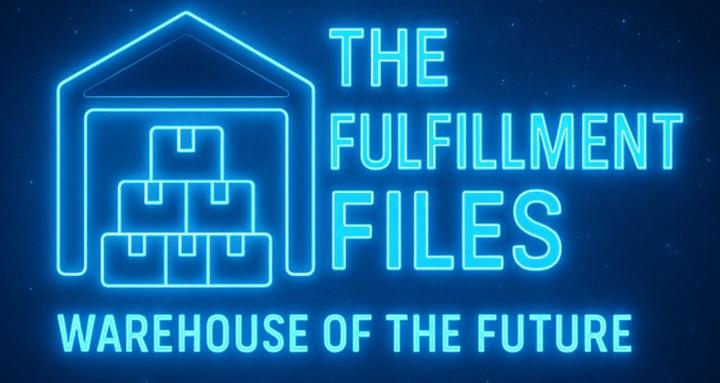Jun 1 • Ask An Operator -Day 2 Day Ops
Pre-Qualifying Lean Six Sigma with Process Archaeology
LSS - How Can we do this better? Process Archaeology - Why did we start doing this in the first place?
DEFINITION
Process Archaeology is the systematic investigation and analysis of existing operational processes to uncover their historical origins, evolutionary changes, and underlying assumptions—with the goal of understanding why processes exist in their current form before attempting to optimize or replace them.
Unlike traditional process improvement (which focuses on "how to do it better"), Process Archaeology asks the fundamental question: "Why do we do it this way at all?"
CORE PRINCIPLES
1. Historical Context Investigation
- Every process was created to solve a specific problem at a specific time
- Business conditions, technology, and constraints have likely changed since implementation
- What was optimal then may be suboptimal now
2. Assumption Excavation
- Processes contain "buried" assumptions that may no longer be valid
- These assumptions often become invisible rules that constrain thinking
- Uncovering assumptions reveals innovation opportunities
3. Evolutionary Analysis
- Processes evolve through incremental changes over time
- Each change was logical in isolation but may create cumulative inefficiency
- Understanding the evolution reveals the "archaeological layers" of decision-making
4. Root Cause Discovery
- Current inefficiencies often stem from solutions to problems that no longer exist
- Understanding original intent helps distinguish essential function from outdated method
- Enables surgical process changes rather than wholesale replacement
THE PROCESS ARCHAEOLOGY METHOD
Step 1: Excavation (Information Gathering)
- Document Current State - Map exactly what happens today
- Interview Process Veterans - Talk to people who've done this job for years
- Research Historical Context - When was this process created? What problem did it solve?
- Identify Decision Points - Where are the key choices made in the process?
Step 2: Analysis (Pattern Recognition)
- Assumption Identification - What beliefs underpin each step?
- Constraint Archaeology - Which limitations shaped the original design?
- Evolution Mapping - How has the process changed over time?
- Gap Analysis - What's the difference between original intent and current reality?
Step 3: Reconstruction (Solution Design)
- Essential Function Isolation - What absolutely must be accomplished?
- Method Innovation - What new ways could achieve the essential function?
- Constraint Testing - Which original constraints still apply?
- Future-State Design - Build the process for today's reality, not yesterday's constraints
FLOOR OPERATOR APPLICATION
When to Use Process Archaeology
- Before jumping into process improvement projects
- When a process feels unnecessarily complex
- When veteran employees can't explain why something is done a certain way
- When recent changes made things worse, not better
- When industry best practices don't seem to fit your operation
Red Flags That Signal Archaeological Opportunity
- "We've always done it this way"
- "It's required by [system/policy that may be outdated]"
- "The old-timers know how to make it work"
- Multiple workarounds exist for the same process
- High training time for new employees on "simple" processes
Practical Steps for Floor Operators
- Ask the "Why" Chain: Why → Why → Why → Why → Why (minimum 5 levels deep)
- Find the Process Veterans: Talk to someone who's done this job for 5+ years
- Identify the Original Problem: What was this process created to fix?
- Question Current Assumptions: What would we do if we designed this process today?
- Test Alternative Methods: Small pilot tests of different approaches
KEY TAKEAWAY FOR OPERATORS
Process Archaeology is detective work, not demolition work. The goal isn't to tear down existing processes, but to understand them deeply enough to evolve them intelligently. Sometimes you'll discover the current process is perfect for current conditions. Other times, you'll uncover breakthrough opportunities that were hidden by historical assumptions.
Remember: Every inefficient process you encounter was once someone's brilliant solution to a real problem. Understanding what that problem was—and whether it still exists—is the key to true process innovation.
0
0 comments
powered by

skool.com/the-fulfillment-files-2761
Unlock fulfillment strategies that top warehouses use and get access to hidden methods that slash costs, boost throughput, and deliver results—fast.
Suggested communities
Powered by
